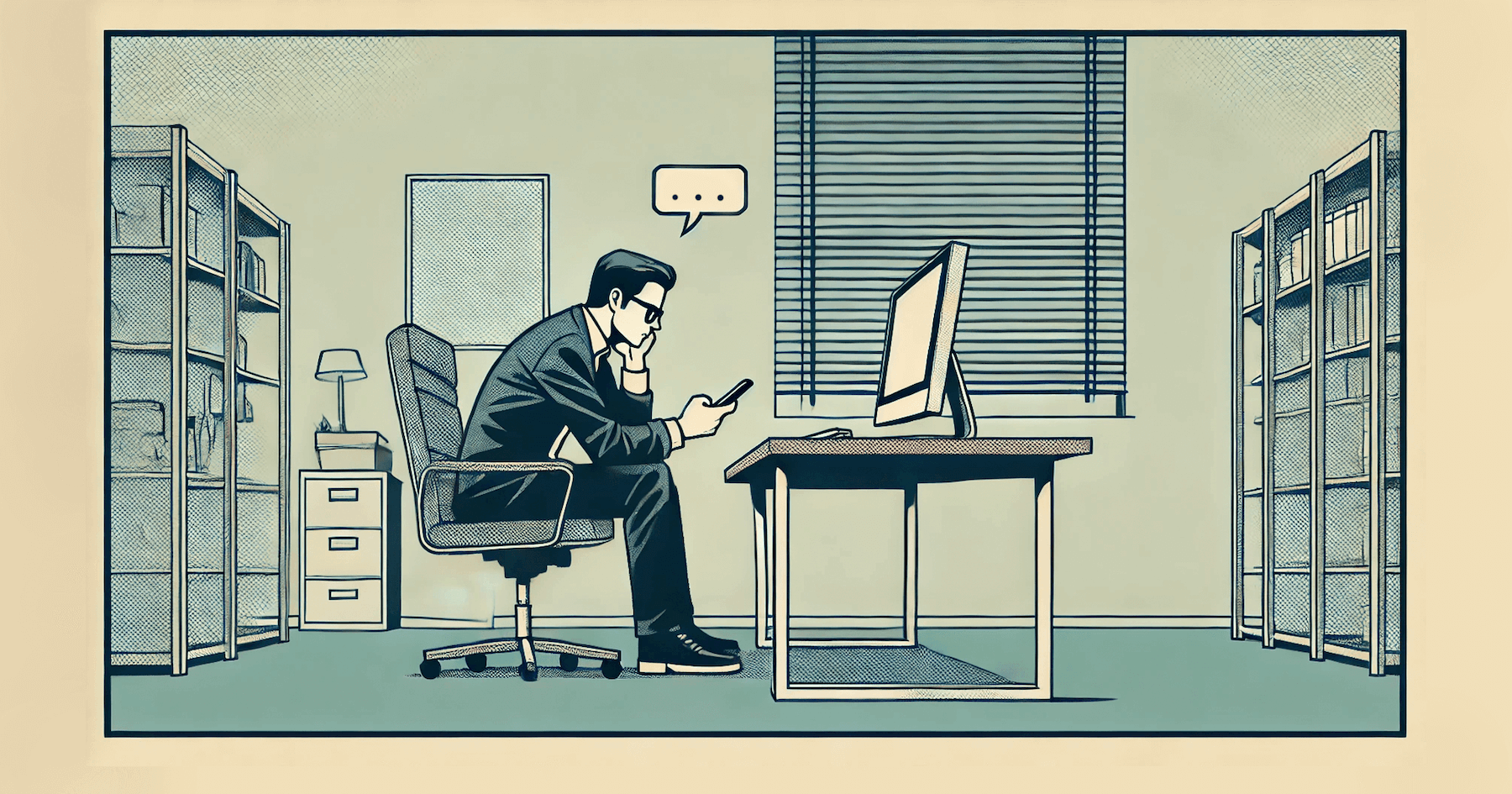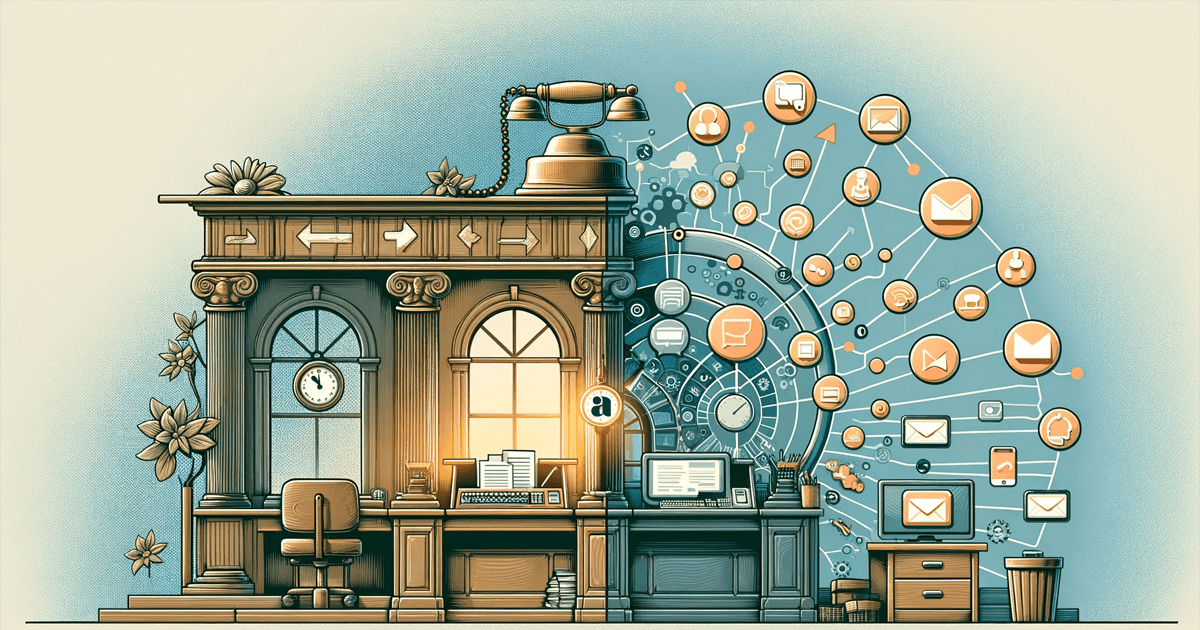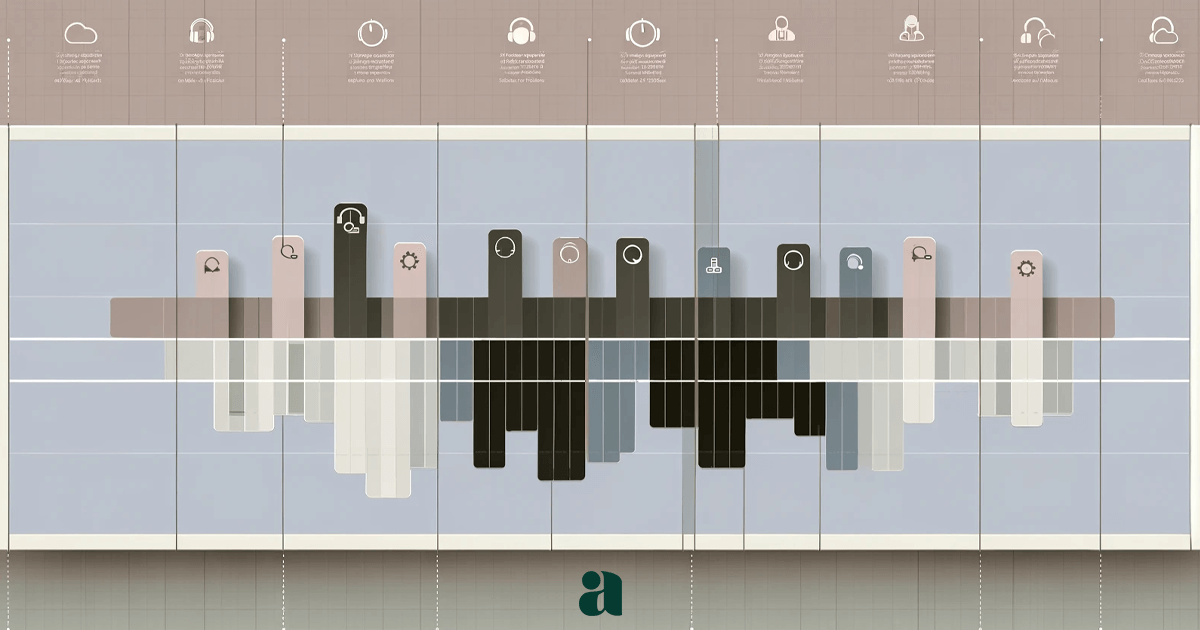In today’s fast-paced world, patience seems to be a virtue that’s quickly fading into obscurity. Once considered a hallmark of wisdom and maturity, patience is now often seen as an outdated concept, a relic from a slower, simpler time. The rapid advancements in technology, especially the internet, have dramatically reshaped our expectations and, in turn, our ability to wait.
The Internet: The Double-Edged Sword of Instant Gratification
The internet has undeniably transformed the way we live, work, and interact with one another. Information that once required a trip to the library or a lengthy conversation with an expert is now available at the click of a button. Need to know the weather in Tokyo? Google it. Curious about the latest celebrity gossip? X’s got you covered. Hungry at 2 a.m.? A food delivery app can have your favorite meal at your door in minutes.
While these conveniences are undoubtedly beneficial, they’ve also trained us to expect immediate results in nearly every aspect of life. Waiting has become almost intolerable. Whether it’s buffering on a video, a delayed response to a text, or a package that takes more than two days to arrive, the smallest inconveniences can now feel like major disruptions.
The Impact on Customer Expectations
This shift in behavior extends to the business world as well, particularly in customer service. Today’s customers are accustomed to instant gratification, and this extends to their interactions with companies. When they have a question or issue, they expect a response not in hours or days, but in minutes—sometimes even seconds.
A study by HubSpot found that 82% of consumers expect an immediate response to their sales or marketing questions. This highlights just how crucial quick communication has become. In a world where customers have countless alternatives at their fingertips, a slow or unresponsive service can lead to dissatisfaction and, ultimately, a lost client.
The Importance of Quick Responses in Business
In the digital age, where competition is fierce and alternatives are plentiful, providing quick and efficient customer service isn’t just a nice-to-have; it’s a necessity. The speed of your response can directly impact customer satisfaction, loyalty, and even revenue.
Businesses that prioritize quick responses are more likely to build strong relationships with their clients. When customers feel heard and valued, they are more likely to stay loyal to a brand. On the other hand, slow responses can lead to frustration, negative reviews, and lost business.
But it’s not just about speed. The quality of the response matters just as much. A quick but unhelpful answer can be just as damaging as no response at all. The key is to find a balance—respond quickly, but also ensure that the response is thorough and addresses the customer’s needs.
Balancing Speed and Patience
While the demand for quick responses is real, it’s also important to recognize that some things still require time and patience. Complex issues can’t always be resolved in minutes, and rushing through solutions can sometimes do more harm than good.
This is where the lost art of patience can be rediscovered in the business world. Educating customers about realistic timelines, being transparent about the process, and ensuring that they feel valued even when waiting can help manage expectations and reduce frustration.
Embracing Patience in a Fast-Paced World
As we continue to navigate the challenges of a hyper-connected world, it’s important to strike a balance between speed and patience. The internet has made us faster, more efficient, and more demanding—but it’s also made us less patient.
For businesses, the challenge lies in meeting the expectations of today’s customers while also reminding them that some things are worth the wait. Quick responses are crucial, but so is the quality of the service provided. By embracing both speed and patience, businesses can ensure they keep their clients not just satisfied, but truly happy.
In the end, patience may still be a virtue, but in the digital age, it’s one that needs to be practiced alongside the new virtue of speed.



